The Traverspine Gorilla- A Wildman From Labrador
There is an old tradition among the various Inuit tribes of Alaska, Northern Canada, and Greenland which holds that the North American Arctic was once home to a race of primitive giants called Toonijuk. Physically, these people were said to be immensely powerful, and could easily carry full-grown seals on their backs. They did not live in tents or igloos, like the Inuit, but rather in circular stone pit-houses roofed with whale ribs and animal skins.
Legend has it that, in ancient times, the Inuit began to hunt down the Toonijuk and greatly reduced their number. The giants who survived these predations fled to the mountains of the interior where, some say, their descendants still linger to this very day.
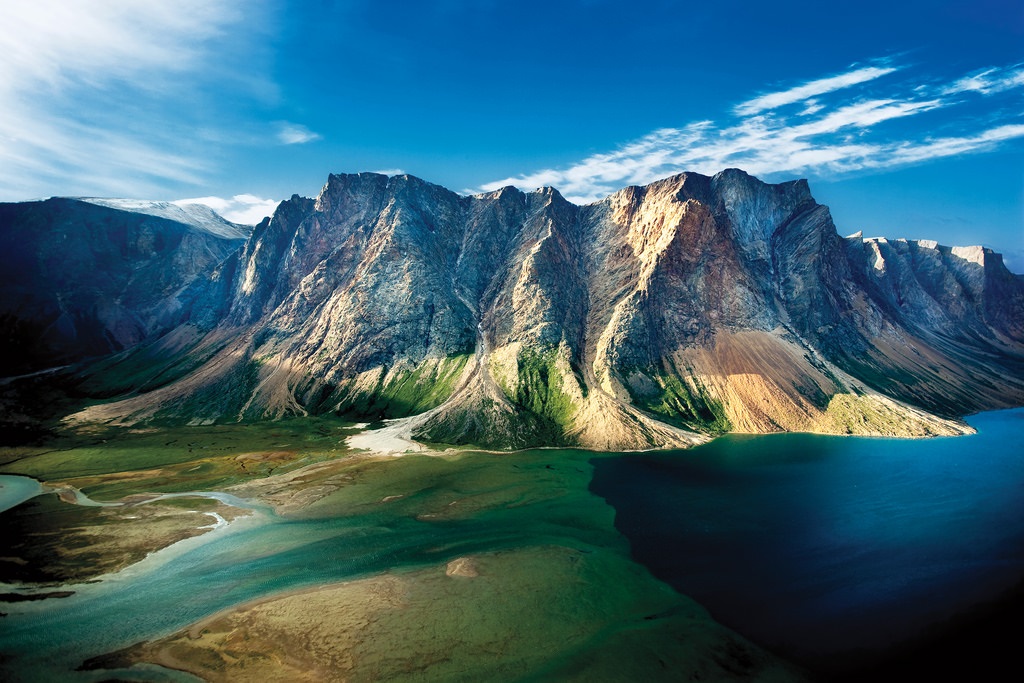
One area that has long been associated with the legend of the Toonijuk is the Torngat Mountain Range- a lonely, barren sierra in the tundra of the Labrador Peninsula characterized by deep fjords and sheer rock faces. “Torngat” derives from an Inuktitut word meaning “place of spirits” which likely has etymological ties with the name denoting the ancient, primitive giants of Inuit lore.
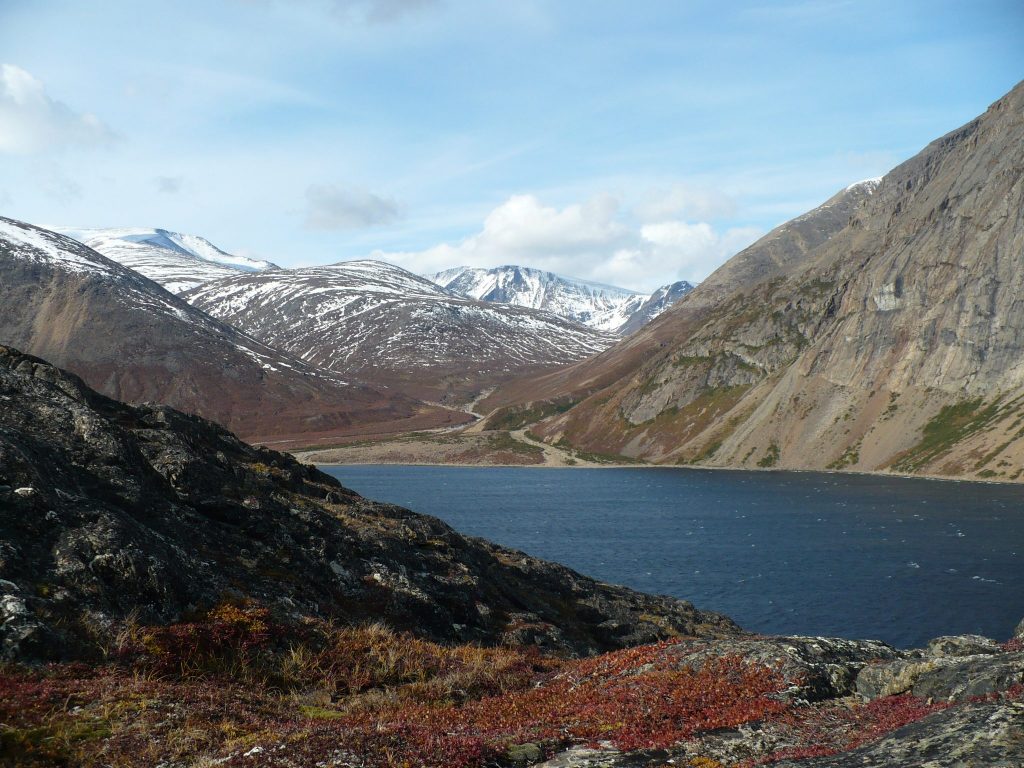
Another Labradorean locale connected with strange tales of wild giants is Happy Valley-Goose Bay, a Royal Canadian Air Force town located about 700 kilometres southeast of the Torngat Mountains, on the shores of Lake Melville and Grand River. In around 1913, a tiny settlement called Traverspine, located on the outskirts of this town, was the setting of several encounters with a mysterious creature which has come to be known as the Traverspine Gorilla.
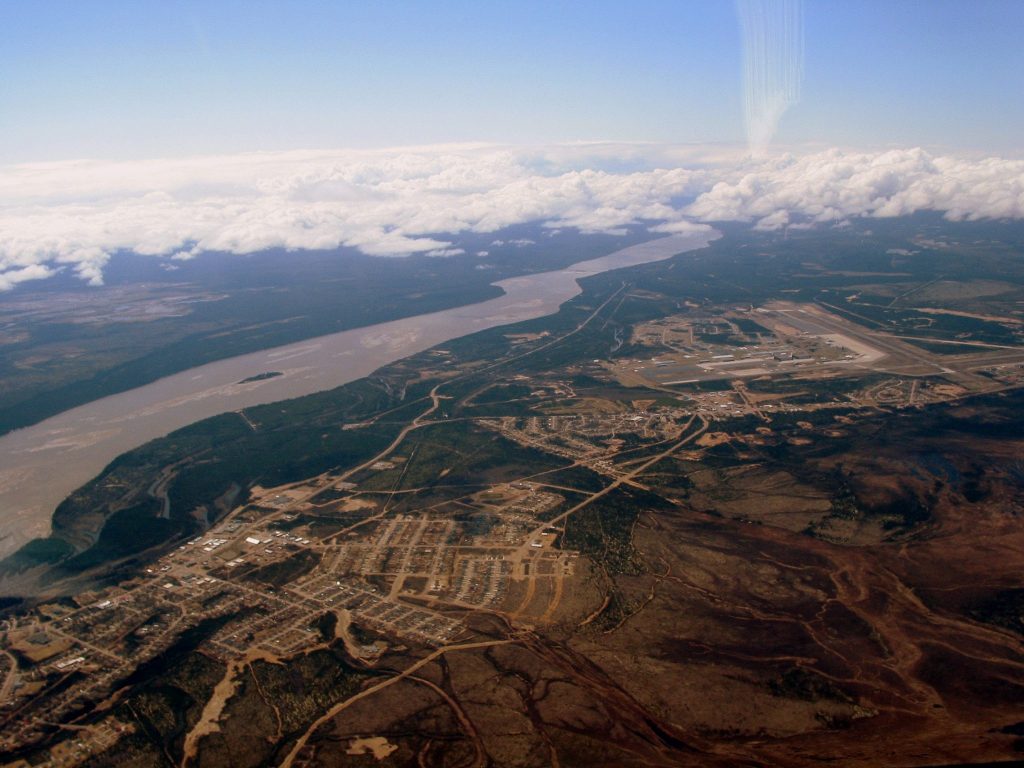
The tale of the Traverspine Gorilla first appeared in print in American writer Elliot Merrick’s 1933 book True North: A Journey Into Unexplored Wilderness. “Ghost stories are very real in this land of scattered, lonely homes and primitive fears,” Merrick began.
According to Merrick, one autumn afternoon in around 1913, a little girl by the name of Michelin was playing alone in a meadow near Traverspine, not far from her parents’ cabin, when she saw a strange manlike creature emerge from the woods. The thing was about seven feet tall, was covered in hair, and had long dangling arms, while its head was topped with a white mane that ran across the crown like the helmet crest of a Roman centurion. The creature grinned at the little girl, baring its white teeth, and beckoned for her to come closer. Miss Michelin screamed and raced for the safety of the house.
The creature left tracks all around the cabin and surrounding area. “It is a strange-looking foot,” wrote Merrick, “about twelve inches long, narrow at the heel and forking at the front into two broad, round-ended toes. Sometimes its print was so deep it looked to weigh five hundred pounds.”
Following Miss Michelin’s terrifying encounter, local lumberjacks began to search for the creature. They set bear traps, of which the wily wildman steered clear, and lay in wait for it all night with their rifles at hand, to no avail. Although none were able to catch the creature, many observed its strange tracks in the dirt and snow. Others came across evidence indicating that the creature ripped bark off trees and uprooted huge logs as if in search of insects.
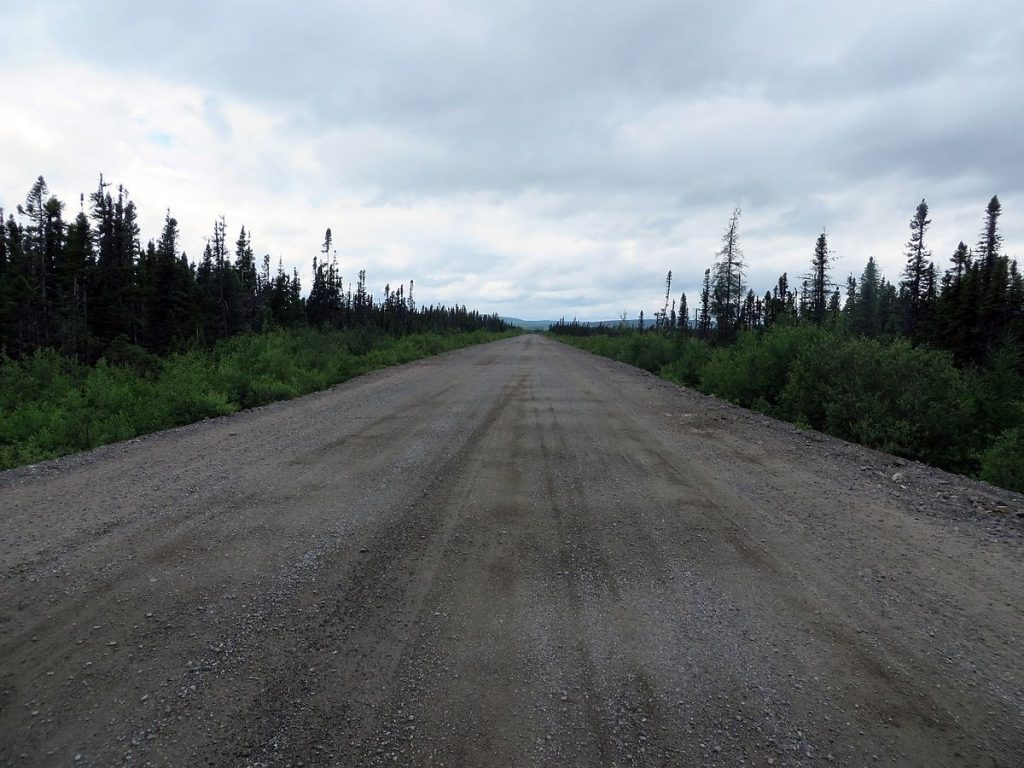
The wildman hung around the outskirts of Traverspine for two winters. It would often harass dogs, which barked and growled at it in the night, and would sometimes drive its canine contenders into the Traverspine River.
One afternoon, the creature made a second appearance at the Michelin home. One of the Michelin children noticed the creature peering into the cabin through a window and hollered for her mother. Mrs. Michelin stormed out of the house, shotgun in hand, just in time to see a white mane disappear into a clump of willows. She fired a shot at the underbrush and heard a meaty thud which told her that her lead had found its mark.
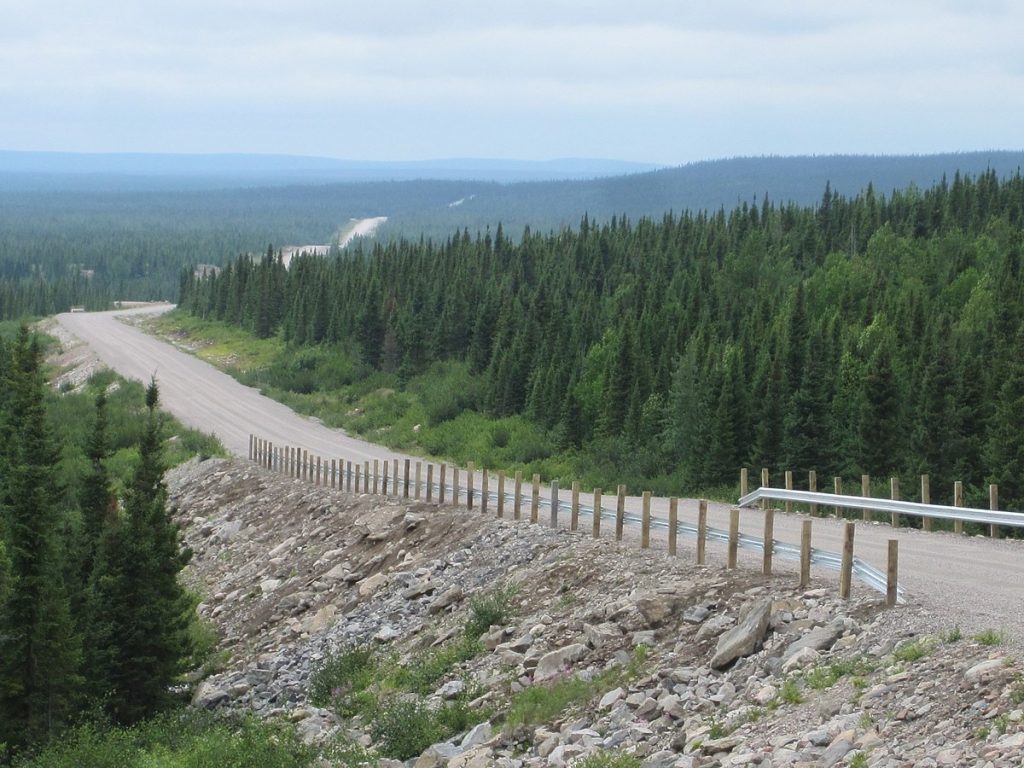
According to Bruce S. Wright, one-time director of the Northeastern Wildlife Station of Fredericton’s University of New Brunswick, who investigated the tale of the Traverspine Gorilla in June 1947, Mrs. Michelin said of her brush with the creature:
“It was no bear. I have killed twelve myself and I know their tracks well, and I saw enough of this thing to be sure of that. I fired a shotgun at it and heard the shot hit. My little girl was playing behind the house and she came running in saying it was chasing her. I grabbed the shotgun and went outside just in time to get a glimpse of it disappearing in the bush.”
Wright, who documented the findings of his investigation in a letter to Canadian folklorist Philip Godsell, concluded his letter with the suggestion that the Traverspine Gorilla might be a barren ground grizzly, a rare subspecies of grizzly bear which roams the barrenlands of Nunavut and the Northwest Territories. He remarked that when he suggested this possibility to his Labradorean informants, “they all laughed at that as they were all very familiar with bear tracks.”
Dr. C. Hogarth Forsyth, an English-American physician who operated a 20-bed hospital in the easterly community of Cartwright, Labrador, under the auspices of a charity called the Grenfell Association, shed some light on the strange footprints found in the Labrador wilderness from time to time in a newspaper interview conducted about six months prior to Wright’s investigation. Forsyth described the tracks as “barefoot” and “ape-like”, and claimed that they sometimes “led to nests under trees… Whatever made them climbed easily over stumps and other obstructions where ordinary man would have gone around.” He stated that the tracks were certainly not bear tracks, as they were discovered and interpreted “by trappers whose living depends on their knowledge of tracks.”
Sources
- True North: A Journey Into Unexplored Wilderness, by Elliot Merrick (1933)
- “The Camp-Fire” in the June 1949 issue of the magazine Adventure; courtesy of American researcher Gary S. Mangiacopra
- “Snowman’s Land” in the November 1947 issue of the magazine Adventure; courtesy of American researcher Gary S. Mangiacopra
- “Canada’s ‘Ape-Men’ of Labrador: Pre-1946 Accounts of Possible Primitive Surviving Hominoid Encounters as Related by the Native Inhabitants of the Labrador Region of the North American Continent”; by Dr. Dwight C. Smith and Gary S. Mangiacopra in the March 2005 issue of the North American BioFortean Review







Henry Ike Rich
“Big Foot”
While I worked at a certain job between 2008-2012, there were many conversations about many things but one time we were talking about UFO’s, ghosts, Yeti, etc when someone said if you are interested in Bigfoot, you should speak to John. So one time when our shifts lined up, I asked him about what he encountered…this is how it unfolded.
John at first was very skeptical, wondering why and how I found out. After I explained to him about my sincere interest, he relaxed and told me this.
In the late 1990’s he once worked with a survey company that was plotting the TLH from Goose Bay to Cartwright. He and his fellow surveyor (Peter) were dropped off via helicopter at some location (he couldn’t remember exactly where) between Goose and Cartwright junction to take “shots” of the line which would eventually be the TLH. He said once they were dropped off, he would walk in one direction for a kilometer or so while Peter walked in the opposite direction. He set up his equipment and started taking shots thru his Sight Glass? towards Peter when he noticed what he thought were two people walking in the direction of Peter. He said they were quite far away but could clearly see them with his Sight Glass. I asked him how this was so. He said the lay of the land was shallow valleys…he was up higher than Peter and the land behind Peter was higher again which allowed him to see Peter and the two people. I asked him what the two people looked like. He said that is what was so strange about it all. They were both very tall from what he could gather, one being taller than the other…they were completely black and were wearing what he first thought were fur coats. He said…”What in the name of God is someone wearing fur coats this time of year?” They were also darting in and out of the woods as if they were looking for something. (I suggested that they might have been foraging for food). He also noted that they walked somewhat slumped over as well. He continued by saying that the two beings noticed Peter and were making their way towards him at a steady pace. He started yelling out to him but because they were too far apart, Peter could not hear him. With that, John started running towards Peter hoping to alert him…the two beings kept closing in and finally John got close enough that Peter could hear him calling out. John motioned to him to look behind him and when Peter did, he saw the two beings getting rather close…John then said that he was almost caught up to Peter when the two beings seemed to notice both of them. He figured that when the beings saw them both, they were startled and quickly darted into the woods. They didn’t know what to think of what they just encountered and hurriedly went to where the helicopter was waiting. They asked the pilot who else was in the area and the pilot said nobody from what he knew of. The pilot then radioed in to check if there were other surveyors etc but the response was negative. So they explained what they just saw and with that the pilot started the chopper and all went looking for the beings. John said right away it was very difficult to pick out anything as looking down into the dense black spruce made it impossible to pick out anything. And that was pretty much it.
What really solidified this story for me is what he said next. He said…”Paul, I don’t and have never believed in ghosts, ufo’s, fairy’s, elves, angels, Loch Ness monsters, Big Foot…nothing but a total bunch of nonsense…didn’t ever like people talking about it…foolishness…nonsense nothing but a waste of time. And now here I am, loved going up to the cabin in the woods and all I can think about is what I saw that day and I can’t find any way to make sense of it…the thought that there is something like that out there that might be looking back at me and me not knowing…takes every bit of fun and comfort of going in the woods…gone…can’t relax anymore.
3
Silence
That is so creepy. I am currently reading a book titled “The Whisper On The Night Wind”, which is about two men adventuring out to Labrador in Canada. The stories that surrounded Traverspine in the early and late 1900s is utterly eerie and very captivating. I hope one day people will be able to find out what these creatures really are.